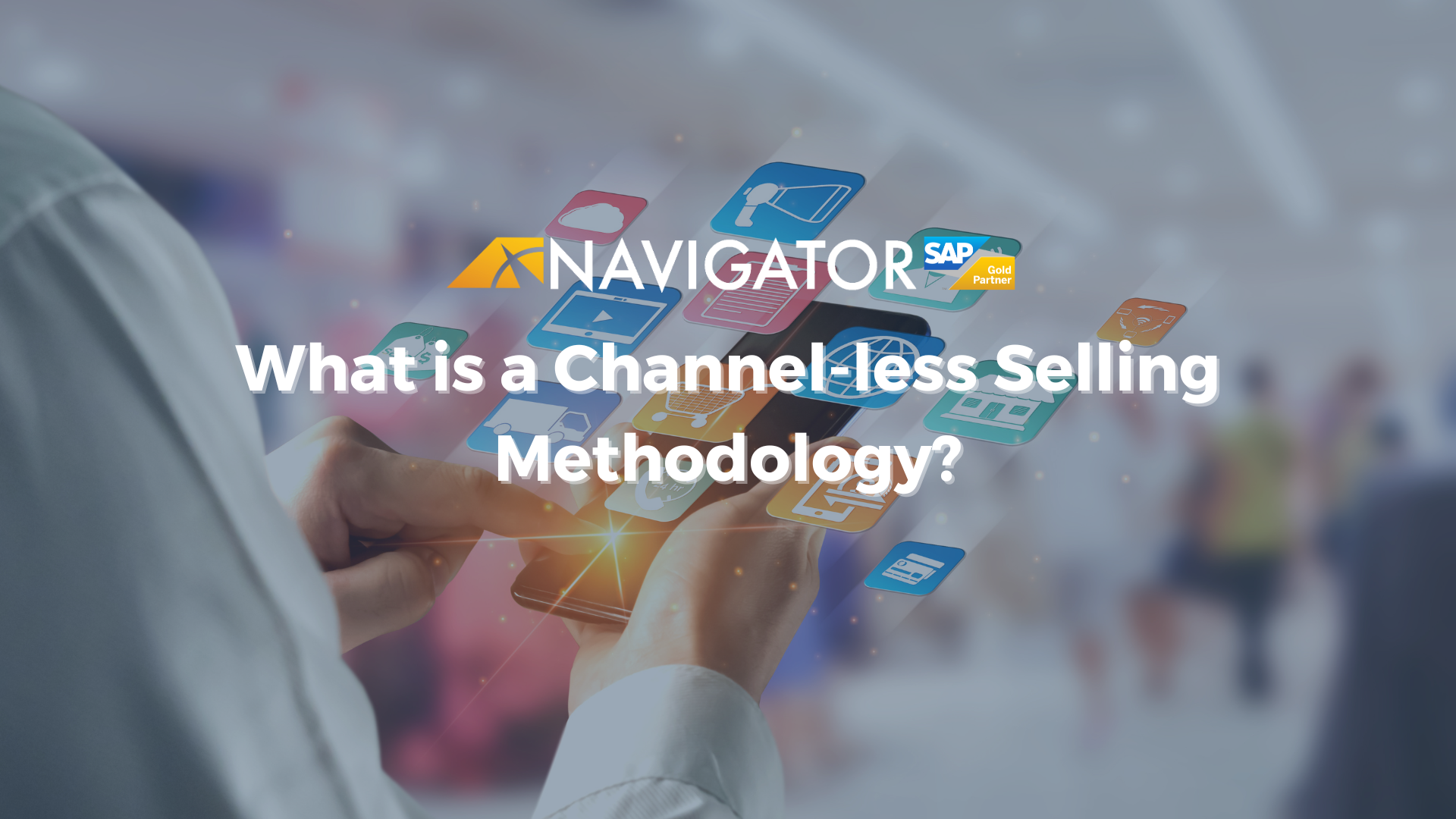
What is a Channel-less Selling Methodology?
You’re living in a multi-channel world. You probably know about the omnichannel approach to sales. But are you up to speed on the channel-less selling methodology?
At first, there was one real channel: the brick-and-mortar storefront. But as technology has changed, sales have become multi-channel. How businesses approach this multi-channel sales environment matters both for competitiveness and customer experience. That’s why savvy businesses now are embracing a channel-less selling methodology.
Channel-less Selling Methodology Explained
There are multiple sales channels today: brick-and-mortar retail, web stores, online marketplaces, and social selling such as TikTok Shops. Among others.
How retailers and consumer products brands approach this multi-channel sales environment has evolved over time.
At first, businesses approached online shopping as an analog to brick-and-mortar stores; web stores were just another door to the same storefront, or a copy of a brick and mortar store. But then things got more complicated with the rise of online marketplaces such as Amazon, to say nothing of social media sales channels. It became a truly multi-channel world even for smaller businesses.
Retailers and other businesses have evolved with this trend, and an omnichannel approach has gained traction as the best way to handle this multi-channel sales environment.
Instead of treating each channel as a separate way to reach consumers, the omnichannel approach integrates and harmonizes the various channels into a unified whole. With an omnichannel approach, customer experience is better maintained and businesses can craft more sophisticated marketing tactics that use all the channels together as a vehicle for moving customers to the point of sale.
A channel-less selling methodology takes this concept one step further.
With channel-less communication, businesses communicate with customers across multiple channels in a smooth conversation that mimics how consumers talk with each other. The channels themselves become irrelevant.
A consumer doesn’t think in channels when they send a grocery list to a spouse over an app, then follow it up with a chat message on WhatsApp, and later call their partner at the grocery store to remind them to pick up the milk. They just communicate, and the focus is on communicating with another person instead of how this communication takes place.
In essence, this is the concept behind a channel-less selling methodology.
In a channel-less selling methodology, a retailer or consumer products company might use multiple channels for customer interactions and sales, but the focus is not on the channel. Instead, it is a seamless conversation between the consumer and the business.
How Omnichannel Sales Differ from a Channel-less Selling Methodology
The relationship between omnichannel and channel-less sales can be understood with a highway analogy.
Omnichannel sales is like a multi-lane highway. Each lane in the highway is a different channel, be it social media, web store, email or a brick and mortar retail outlet. The goal of omnichannel sales is to make it possible for traffic to move easily across lanes in the journey a consumer takes until they reach the point of sale.
A channel-less selling methodology, by contrast, is like a highway with no lanes or guard rails. Consumers travel down the highway but no longer are thinking in terms of lanes. They just take the journey toward the solutions they seek.
Channel-less sales transcends the idea of channels. The channels still technically are there, but from the customer perspective they have disappeared. It is about the message, not the medium.
So the key difference between the channel-less selling methodology and an omnichannel approach is that omnichannel concentrates on integrating channels while channel-less communication focuses instead on overall brand experience. It is a shift in emphasis.
The Role of ERP in Making a Channel-less Selling Methodology Possible
Integrating sales channels and making a seamless channel-less customer experience possible requires a centralized hub that captures interactions and data along the various channels and brings them into a unified whole. Without a unified backend, there isn’t a seamless customer experience and visibility into the other touch points that have led to the current interaction between customer and business.
This is where ERP comes in. ERP solutions such as SAP S/4HANA Cloud Public Edition are end-to-end backend solutions that bring together data from across sales channels and the various parts of a company.
With ERP such as S/4HANA Cloud, retailers, and consumer products businesses still work across various sales channels. However, the backend ERP solution connects these channels and centers of activity into an integrated whole that brings full visibility and coordination. A business can act as one voice with ERP, even when it actually is a collection of employees, departments, and different sales channels.
ERP also enables insight that isn’t possible when channels are siloed. Because all customer data and interactions are housed in the same system, as well as internal operational data such as inventory and supply chain logistics, businesses can use artificial intelligence and analytics to discover new sales opportunities, change customer habits, and develop new products or solutions.
Learn more about the role that ERP can play in today’s retail everywhere environment.